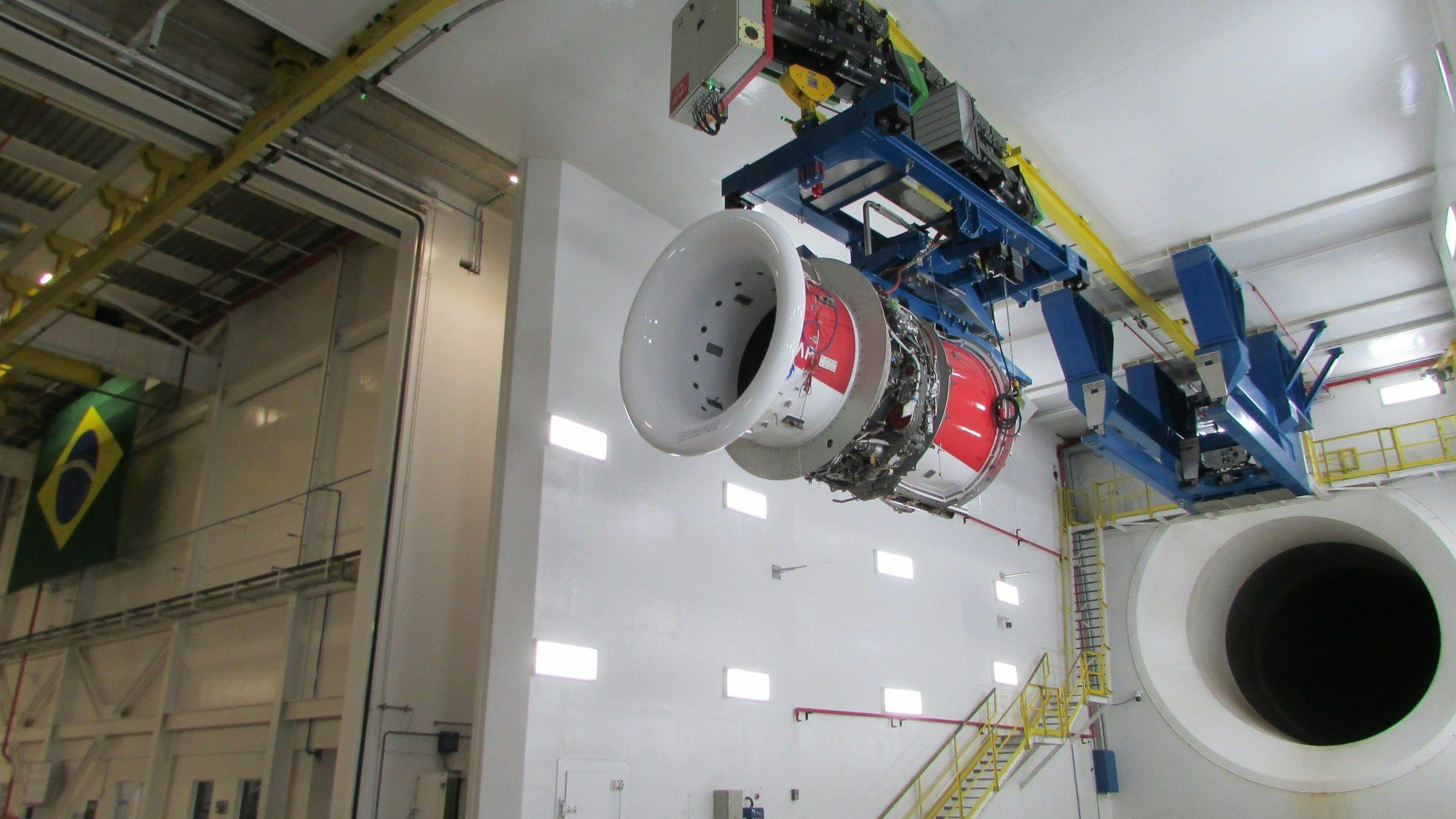
AeroGenie: il tuo copilota intelligente.
Tendenze
Categories
Flat-Wing Aircraft Poised to Transform Aviation and Reduce Emissions
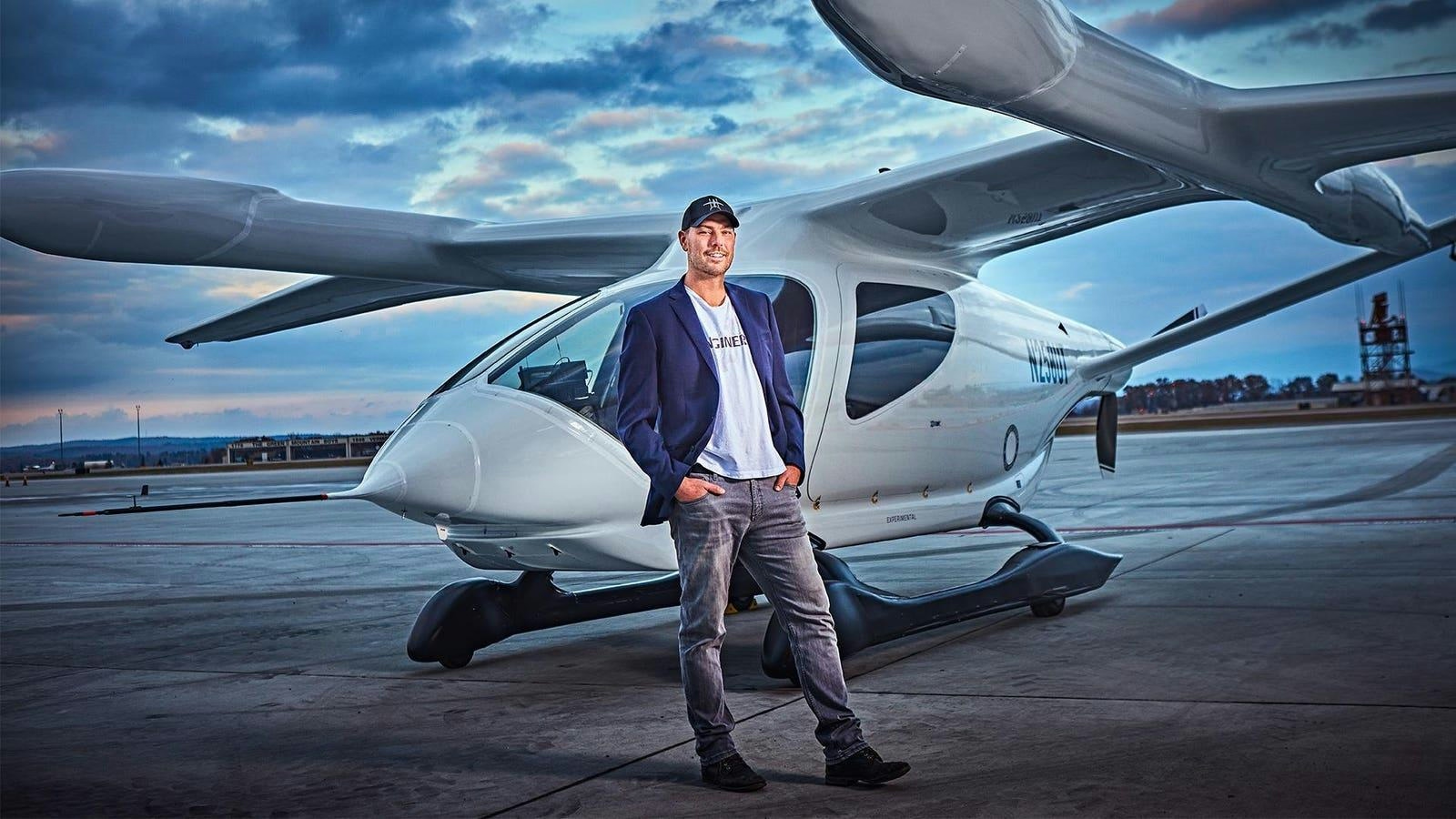
Flat-Wing Aircraft Poised to Transform Aviation and Reduce Emissions
A Revolutionary Design for Sustainable Flight
Natilus, a US-based startup, has announced plans to introduce the Horizon aircraft by 2030, featuring a groundbreaking flat-wing design that promises to significantly reduce aviation emissions. The Horizon aims to cut fuel consumption by up to 30% and halve emissions compared to conventional aircraft, challenging the entrenched "tube and wing" configuration that has dominated commercial aviation for decades. By integrating the wing and fuselage into a single lifting body, the design reduces aerodynamic drag, enhances efficiency, and increases cabin space by as much as 30%, potentially improving passenger comfort alongside environmental performance.
Engineering Innovation Rooted in Experience
The Horizon project leverages Natilus’ prior work with its unmanned cargo aircraft, Kona, which has already attracted 400 orders. The aerodynamic expertise gained from Kona is instrumental in addressing the unique stability challenges posed by the flat-wing configuration. CEO Alexey Matyushev highlighted the importance of precise aerodynamic tuning to maintain balance without resorting to complex mechanical systems, underscoring the technical sophistication behind the design. Despite its futuristic appearance, the Horizon will utilize conventional, proven engines rather than emerging electric or hydrogen propulsion technologies. This pragmatic choice is intended to reduce certification risks and allow the aircraft to operate seamlessly within existing airport infrastructure.
Challenges and Industry Context
While the Horizon represents a bold vision for cleaner aviation, significant hurdles remain. Regulatory approval for radically new aircraft designs is a formidable barrier, compounded by the aviation industry's historical resistance to change. The broader adoption of sustainable aviation fuel (SAF) also depends on substantial infrastructure development, a challenge that is beginning to see increased investment as airlines and governments respond to environmental commitments, such as the UAE’s third aviation emissions action plan.
The competitive landscape is intensifying, with established manufacturers and new entrants pursuing diverse strategies to decarbonize air travel. Initiatives range from carbon offset partnerships, exemplified by Priester Aviation’s collaboration with 4Air, to the deployment of electric air taxis by Kazakhstan’s Alatau Advance Air Group. These efforts highlight the complexity and urgency of transforming the sector.
Natilus’ Horizon stands as a potentially transformative innovation that could redefine industry standards and accelerate the shift toward sustainable aviation. However, realizing this vision will require not only technological breakthroughs but also regulatory adaptation and broad industry collaboration.
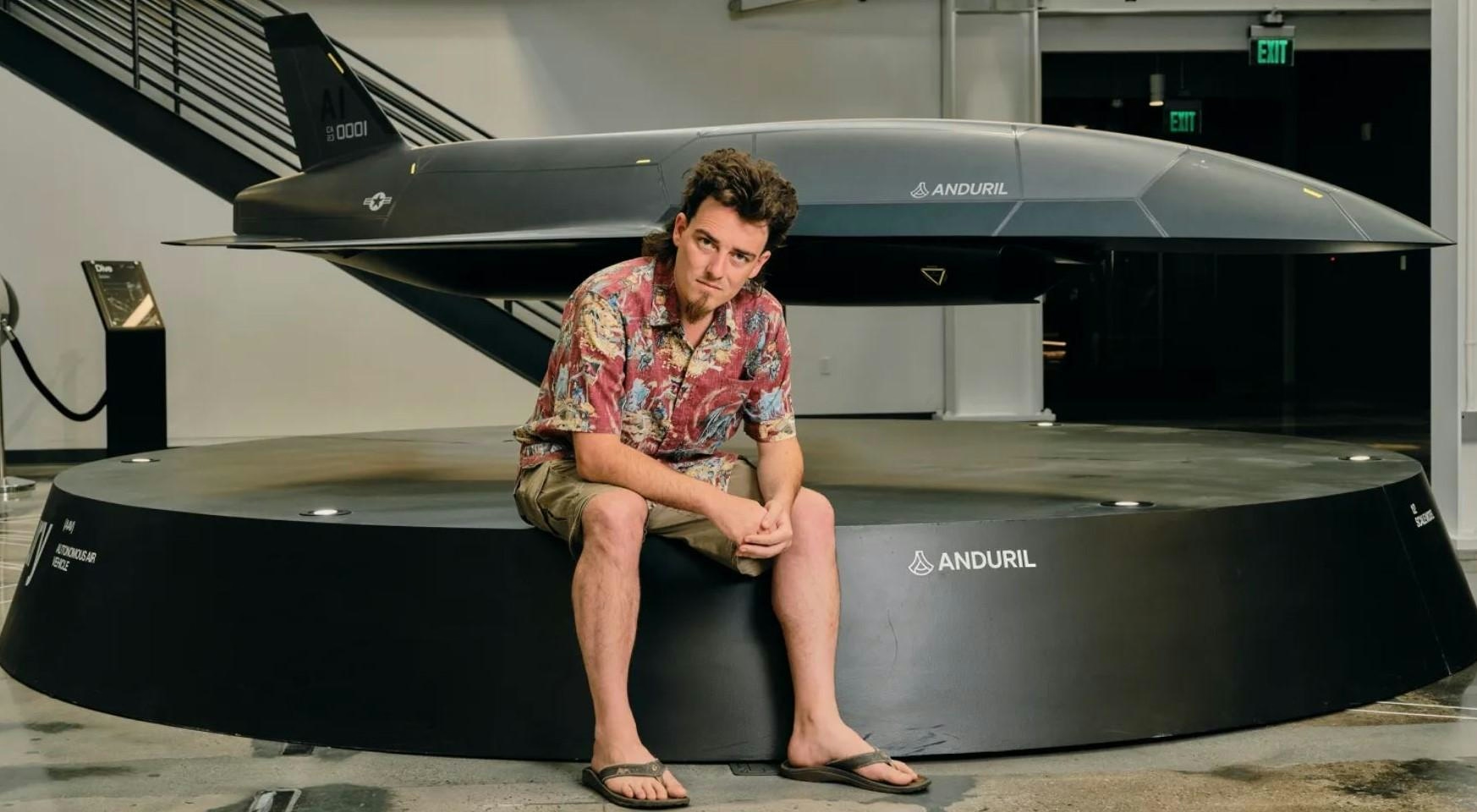
‘Fury’: The AI-Driven Drone Transforming U.S. Military Aviation

Amperity’s AI Enhances Personalization in Travel for Hotels and Airlines
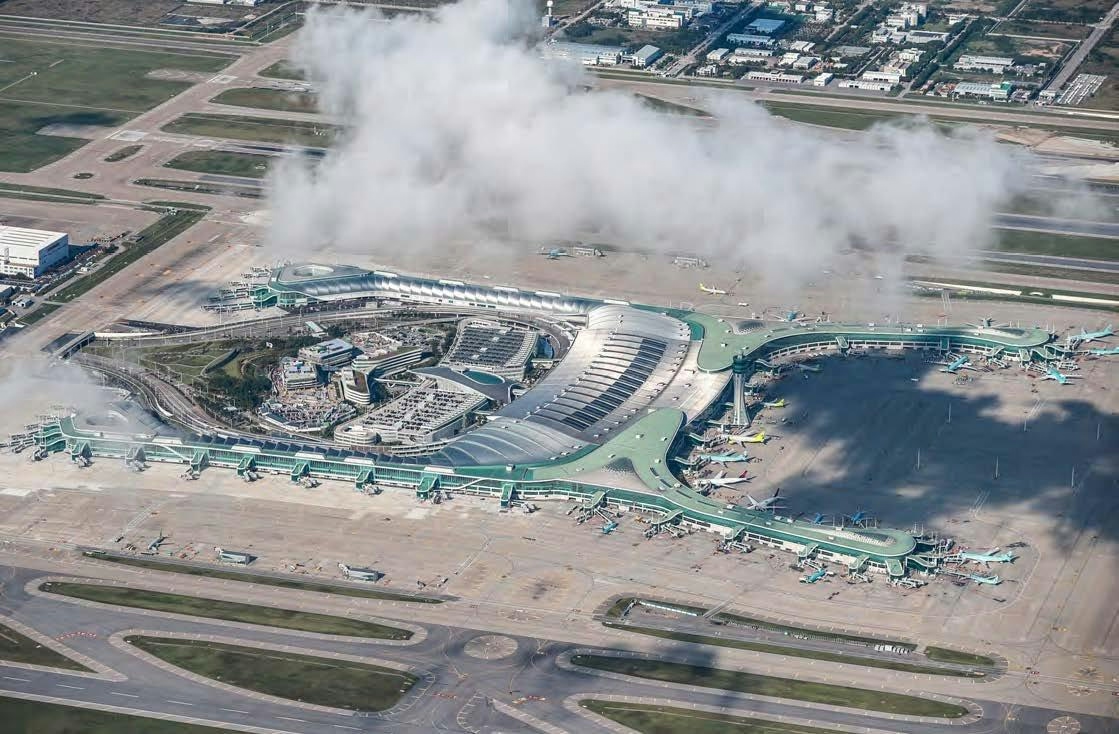
Incheon Airport Seeks Operator for Aviation AI Innovation Hub
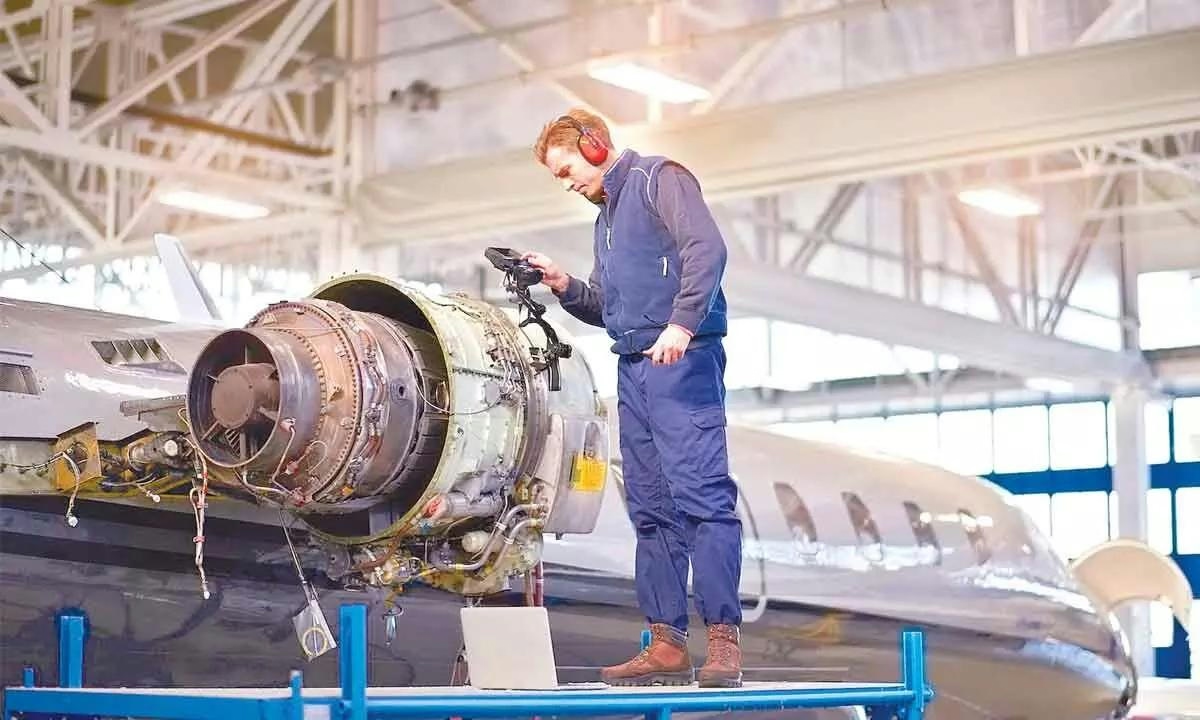
An Aerospace Engineer on Why Software Must Meet Space-Grade Standards
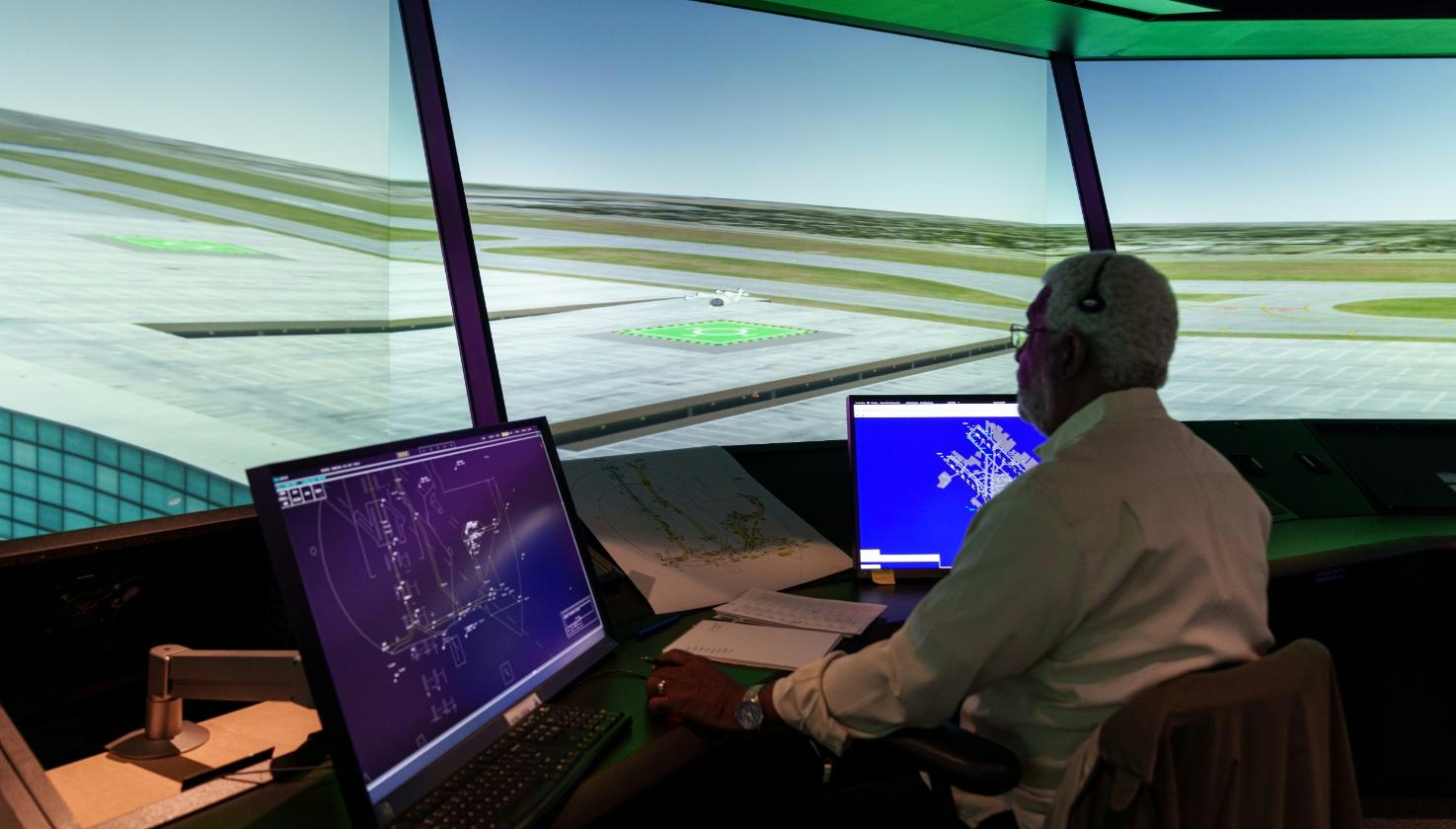
University of Bristol and Skyportz Collaborate on Air Taxi Vertipad Noise Study
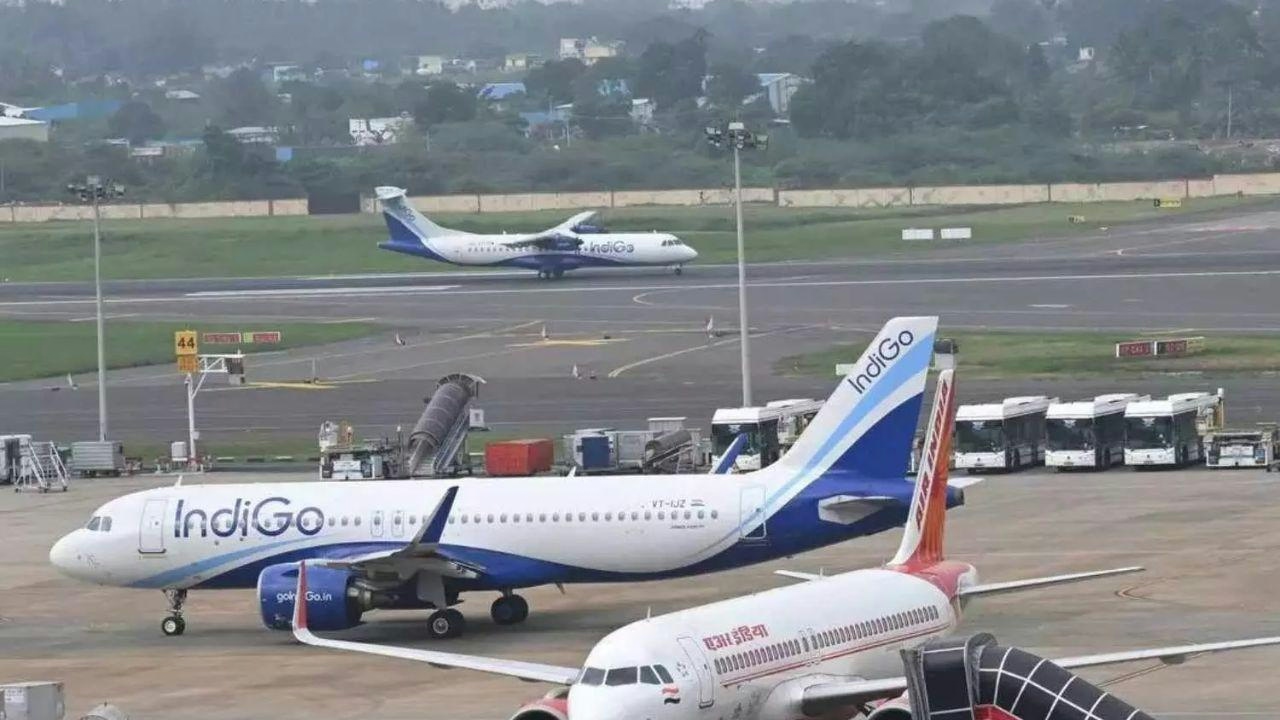
Bomb Threat Targets IGIA and Four Other Indian Airports; AI Express Flight Evacuated
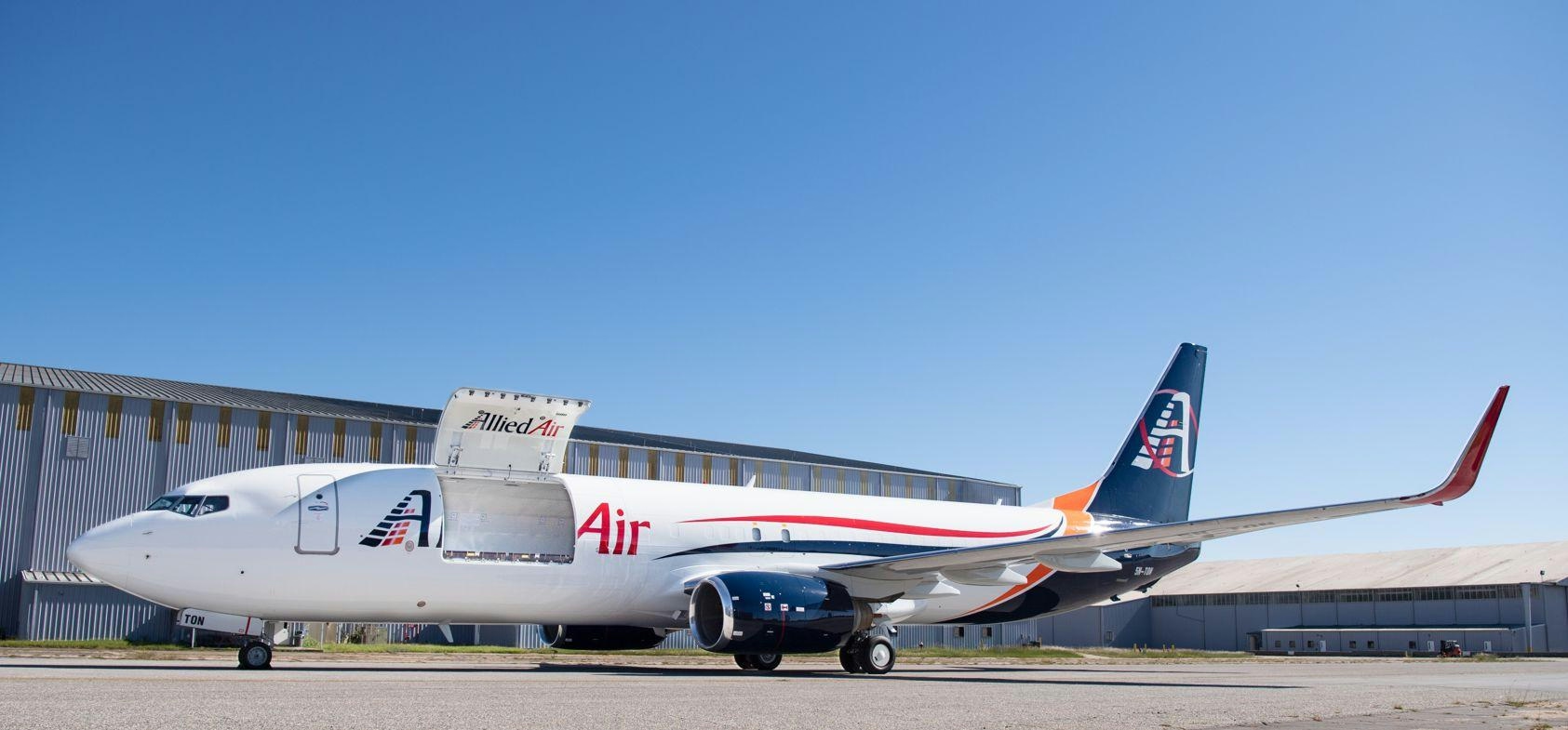
Titan Aviation Leasing Sells Two Boeing 737-800SF Aircraft to ST Engineering
Aviation Capital Group Reports Third-Quarter 2025 Financial Results
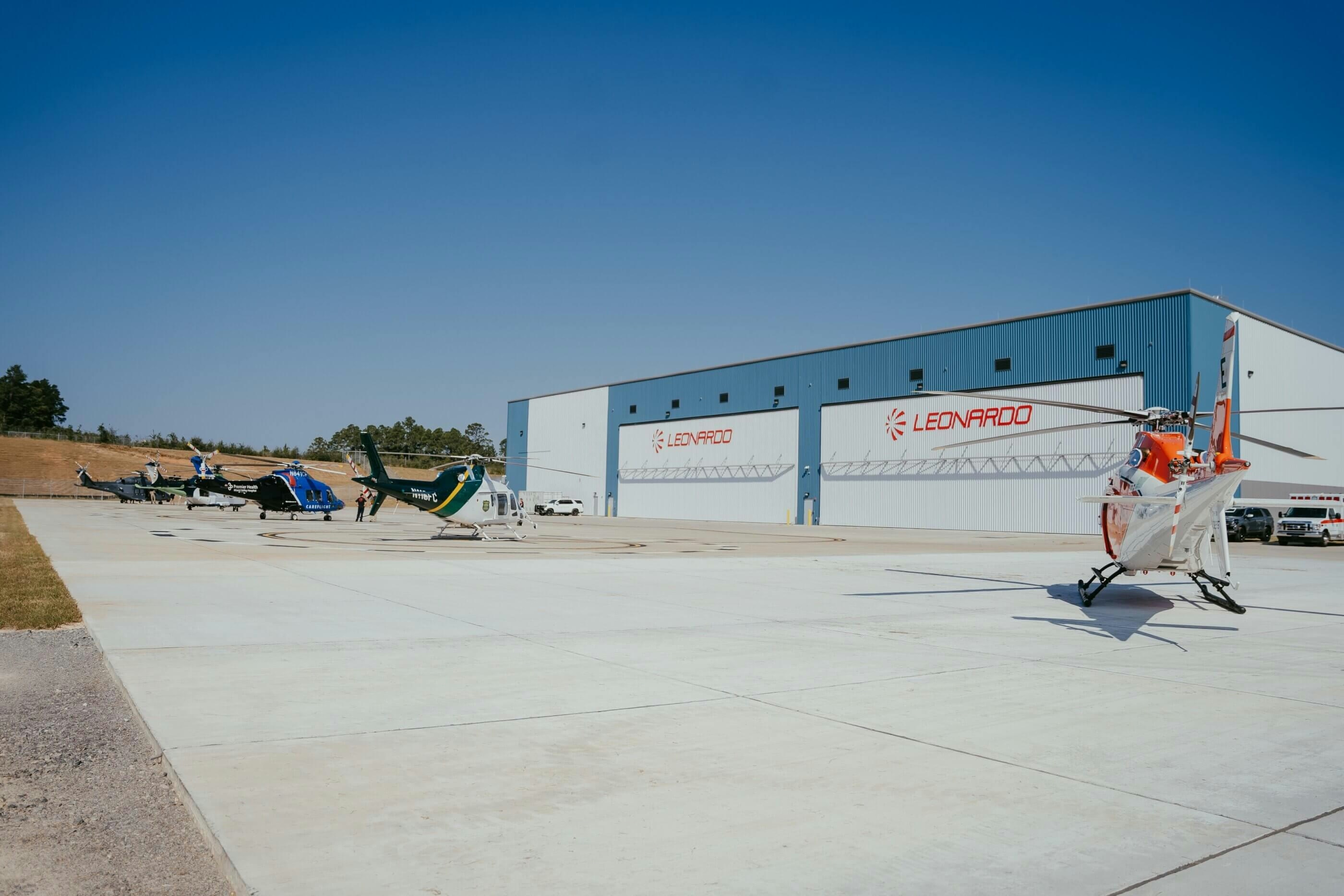
Rotortrade Opens New Part-145-Certified MRO Facility in the U.S.
